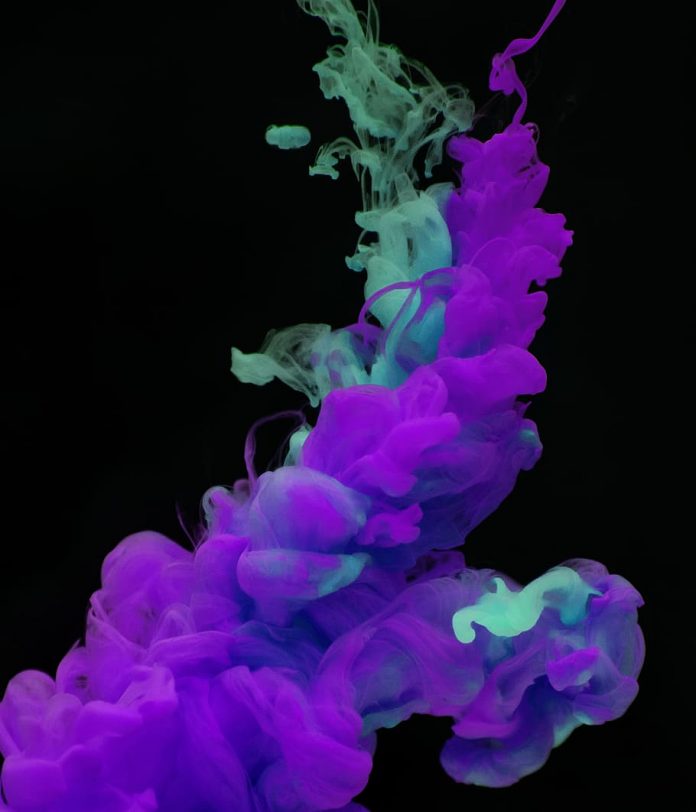A stream is a sequence of data. I/O Stream refers to a stream that is unlikely a method to sequentially access a file. I/O Stream means an input source or output destination representing different types of sources e.g. disk files. The java.io package provides classes that allow you to convert between Unicode character streams and byte streams of non-Unicode text.
- Input Stream: reads data from the source.
- Output Stream: writes data to a destination.
When to use Character Stream over Byte Stream?
In Java, characters are stored using Unicode conventions. Character stream is useful when we want to process text files. These text files can be processed character by character. Character size is typically 16 bits.
When to use Byte Stream over Character Stream?
Byte oriented reads byte by byte. A byte stream is suitable for processing raw data like binary files.
Key points while using and dealing with any of the above streams are as follows:
- Names of character streams typically end with Reader/Writer and names of byte streams end with InputStream/OutputStream
- The streams used in example codes are unbuffered streams and less efficient. We typically use them with buffered readers/writers for efficiency. We will soon be discussing use BufferedReader/BufferedWriter (for character stream) and BufferedInputStream/BufferedOutputStream (for byte stream) classes.
- It is always recommended to close the stream if it is no longer in use. This ensures that the streams won’t be affected if any error occurs.
- The above codes may not run in online compilers as files may not exist.
Character Stream
In Java, characters are stored using Unicode conventions. Character stream automatically allows us to read/write data character by character. For example, FileReader and FileWriter are character streams used to read from the source and write to the destination.
Example
Java
// Java Program illustrate Reading// a File in Human Readable// Format Using FileReader Class// Importing required classesimport java.io.*;// Main classpublic class GFG { // Main driver method public static void main(String[] args) throws IOException { // Initially assigning null as we have not read // anything FileReader sourceStream = null; // Try block to check for exceptions try { // Reading from file sourceStream = new FileReader( "/Users/mayanksolanki/Desktop/demo.rtf"); // Reading sourcefile and writing content to // target file character by character. int temp; // If there is content inside file // than read while ((temp = sourceStream.read()) != -1) System.out.println((char)temp); // Display message for successful execution of program System.out.print("Program successfully executed"); } // finally block that executes for sure // where we are closing file connections // to avoid memory leakage finally { // Closing stream as no longer in use if (sourceStream != null) sourceStream.close(); } }} |
Output: Writes content to the target file character by character
Program successfully executed
Byte Stream
Byte streams process data byte by byte (8 bits). For example, FileInputStream is used to read from the source and FileOutputStream to write to the destination.
Example:
Java
// Java Program Illustrate ByteStream Class to// Copy Contents of One File to Another File// Importing required classesimport java.io.*;// Main classpublic class GFG { // Main driver method public static void main(String[] args) throws IOException { // Initially assigning null ot objects for // reading and writing to file FileInputStream sourceStream = null; FileOutputStream targetStream = null; // Try block to check for exceptions try { // Passing the files via local directory sourceStream = new FileInputStream( "/Users/mayanksolanki/Desktop/demo.rtf"); targetStream = new FileOutputStream( "/Users/mayanksolanki/Desktop/democopy.rtf"); // Reading source file and writing content to // target file byte by byte int temp; // If there is content inside file // than read while ((temp = sourceStream.read()) != -1) targetStream.write((byte)temp); // Display message for successful execution of program System.out.print("Program successfully executed"); } // finally block that executes for sure // where we are closing file connections // to avoid memory leakage finally { if (sourceStream != null) sourceStream.close(); if (targetStream != null) targetStream.close(); } }} |
Output:
Program successfully executed
This article is contributed by Mohit Gupta. If you like Lazyroar and would like to contribute, you can also write an article using write.geeksforgeeks.org or mail your article to review-team@geeksforgeeks.org. See your article appearing on the Lazyroar main page and help other Geeks. Please write comments if you find anything incorrect, or you want to share more information about the topic discussed above.





